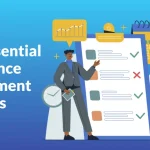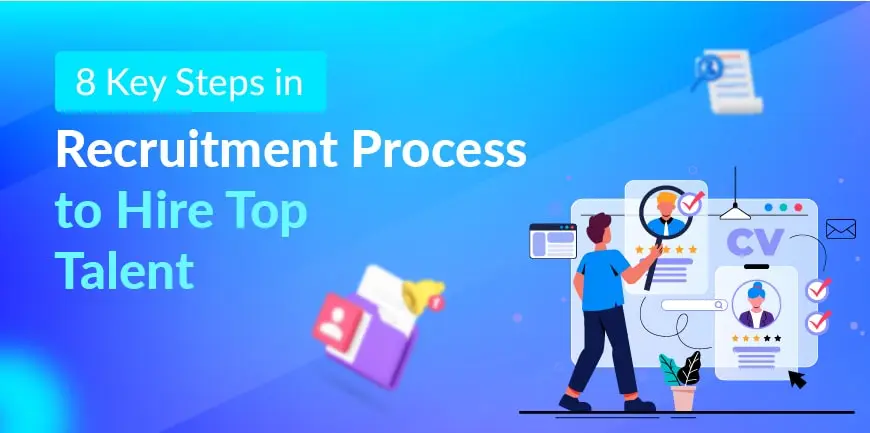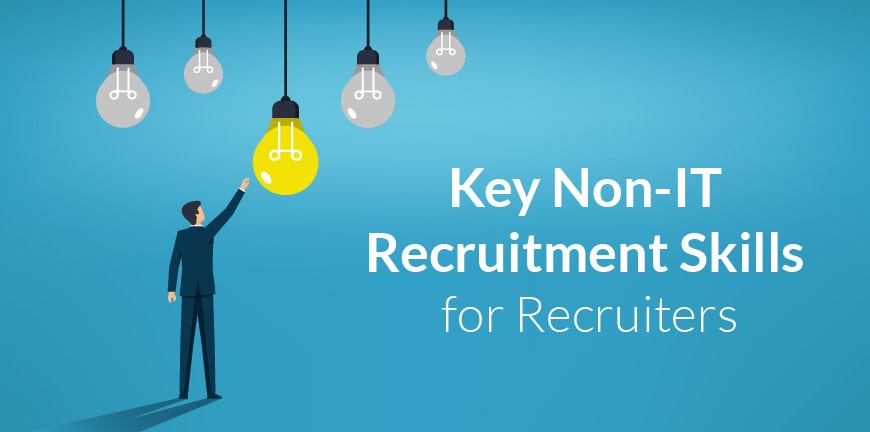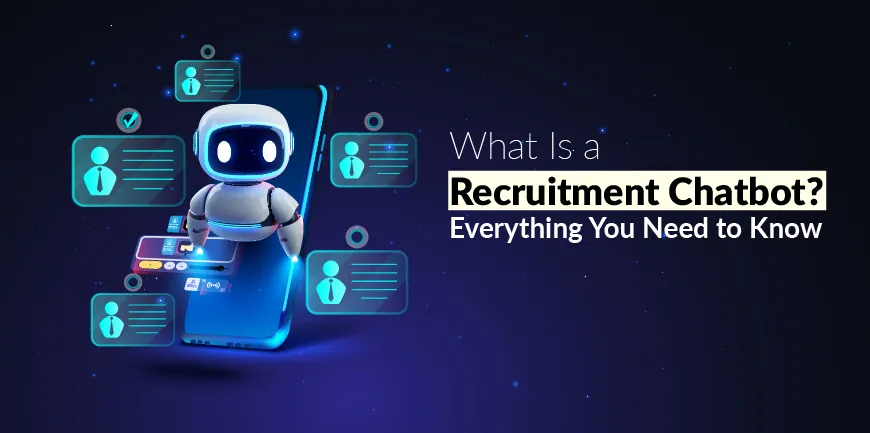
7 Essential Compliance Management Activities
19/09/2025
10 Proven Recruiting Strategies to Attract Top Talent
19/09/2025What are the Key Steps in the Recruitment Process?
The recruitment process consists of several interconnected steps. Each phase builds upon the previous one to create a comprehensive framework that helps identify and secure top talent.
1. Identifying Hiring Needs
Your team’s specific needs should be clear before you start recruiting. Team up with department heads to spot skill gaps and check if workloads need more staff. Keep track of how your team performs to see if you need new positions or replacements.
2. Writing Clear Job Descriptions
A good job description acts as your first filter to find suitable candidates. Skip the jargon and complex phrases – use simple language instead. Include key details such as job title, summary, responsibilities, required qualifications, and benefits. Bullet points are better than paragraphs, as they make descriptions easy to read. This clarity allows candidates to decide if they match the job requirements.
3. Sourcing the Right Candidates
Look at both internal and external talent sources. Internal recruitment attracts employee referrals and promotes from within. External methods include job boards, social media, and recruitment agencies. Companies can make their sourcing ten times bigger through employee networks. Here’s something interesting: sourced candidates are hired more often. The ratio is one in 72 sourced candidates versus one in 152 applicants.
4. Screening and Shortlisting Applications
A structured screening process helps after applications are collected. Set clear evaluation criteria that separate must-haves from nice-to-haves. Number-based scoring systems help reduce bias. Phone interviews, skill assessments, and behavioral tests make good pre-screening tools. Your timeline and resources should determine how many candidates are selected for the shortlist.
5. Conducting Effective Interviews
Review candidate materials and prepare specific questions in advance of interviews. Create a friendly atmosphere that allows candidates to showcase their best side. Ask behavioral and situational questions using the STAR framework (Situation, Task, Action, Result). This helps assess past performance and problem-solving skills. Let candidates ask questions – their queries show what matters to them.
6. Selecting the Best Candidate
Run full post-interview evaluations against your criteria. Gain different perspectives by including team members in assessment discussions. Look beyond qualifications to cultural contribution. Find candidates who bring fresh perspectives rather than just fitting in.
7. Making the Job Offer
Send out a clear job offer quickly once you’ve made your choice. Include salary, benefits, start date, and working conditions. Be ready to negotiate and have a backup offer prepared if needed. Keep things moving by sending pre-hire paperwork fast.
8. Onboarding and Orientation
Establish a plan that spans up to 12 months. Have workspaces, equipment, and access ready before the first day. Check in after a month to see how new hires are adjusting to their new roles. Add mentors to your program – companies that do this are 2.5 times more likely to report successful onboarding.

Amit Saproo
Amit Saproo is the Head of Operations at ALP Consulting with nearly 17 years of experience in Executive Search, RPO, Leadership, and IT & Engineering recruitment. He leads nationwide recruitment programs across Technology, BFSI, and R&D domains, driving strategic hiring solutions for diverse client needs. Amit excels in building and managing high-performance teams that deliver scalable, end-to-end recruitment and consulting services.




